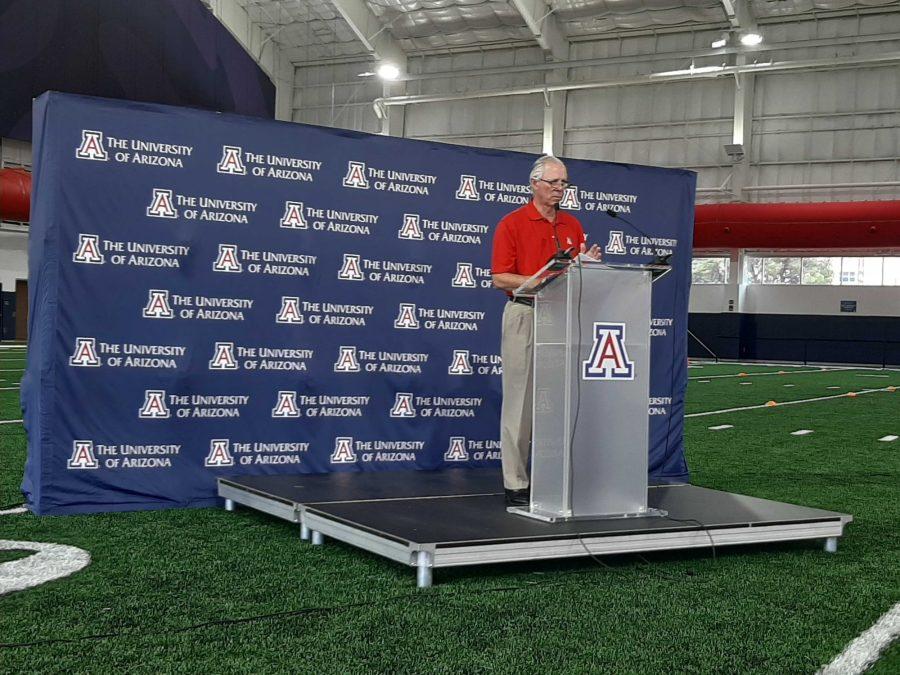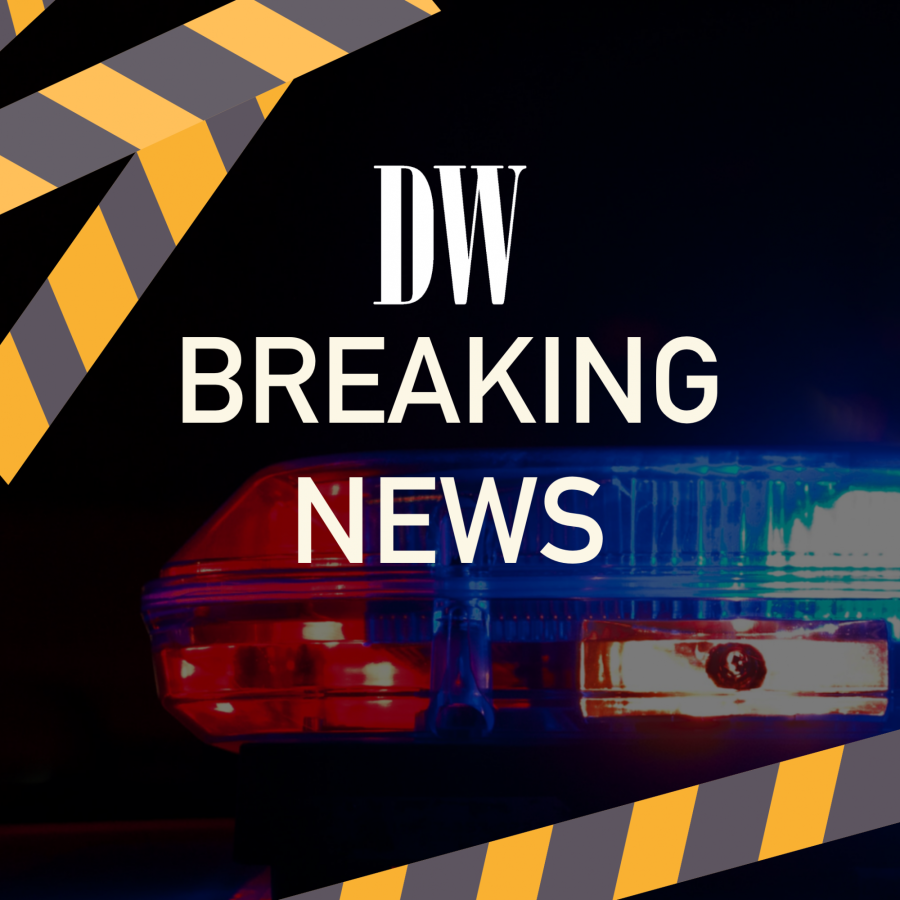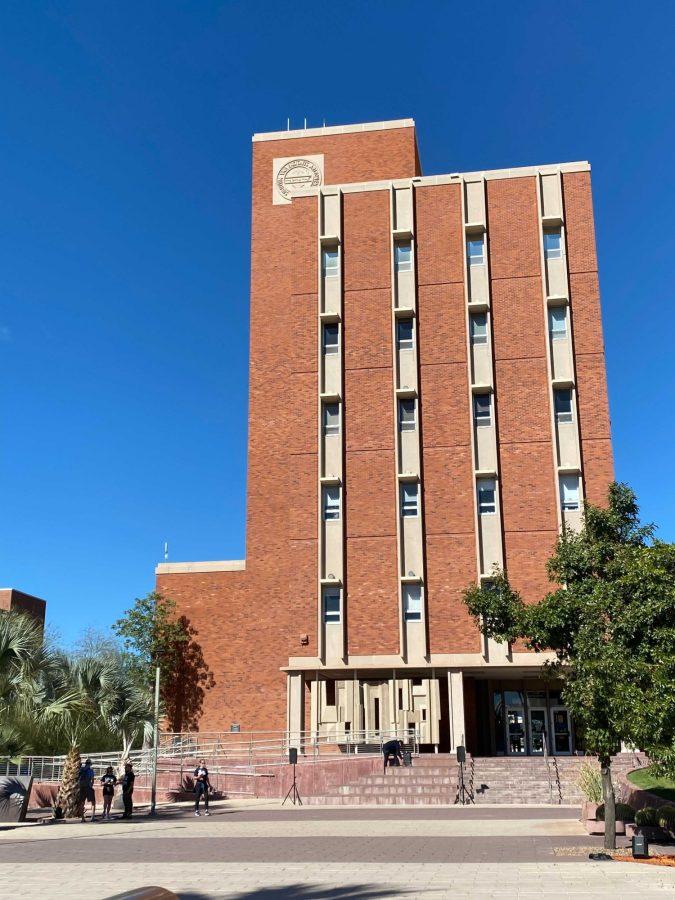University of Arizona President Dr. Robert C. Robbins announced that classes will be returning to in-person sessions this fall at a press conference in the Cole and Jeannie Davis Sports Center at 11 a.m. Thursday.
“I’m pleased to publicly announce today our intention and plan to return to in-person classes at the University of Arizona in the fall semester 2020,” Robbins said.
The announcement was immediately after Robbins had blood drawn to receive the antibody test for COVID-19. Testing booths were set up at the sports center to primarily test health care workers and first responders.
Robbins stressed the importance of antibody testing in his decision to open the fall semester up for in-person classes and spoke of his confidence in the test’s ability to predict one’s immunity to the virus.
“I’m certainly hoping that I have a positive [antibody] test because I would feel very comfortable that I would have immunity if my test comes back positive,” Robbins said.
Robbins said there was still some uncertainty for how classes would be set up for the fall.
“There is clearly going to be risk, and it’ll look a lot different,” Robbins said. “We’ll all be wearing face masks, we’ll have social distancing. … We’re discussing the potential of doing half-classes.”
Robbins also said classes would use a “hybrid approach,” using a combination of in-person and online class meetings.
“We’re going to have in-person classes but we’re going to continue to learn from the incredible teachings that we’ve had of going completely all remote and digital.”
Some students and faculty, depending on their risk level, may be asked not to return in the fall.
“If you’re over a certain age and if you’ve got comorbidities and you are a professor, we’d probably say, you know, maybe you need to teach remotely,” Robbins said.
Robbins identified the plan for the university as a “3-T Approach,” meaning “test, trace and treat.”
The testing portion would be immediately testing those who show symptoms of COVID-19.
Should they test positive, the university would then begin the tracing method, which would mean tracking down those who a symptomatic person may have had extended contact with, or being “within six feet for more than 10 minutes.” That person will then be quarantined at the university if they live on campus.
The treatment portion would not include the use of specific drugs, as there is not yet a sure way to treat COVID-19. Instead, this part of the 3-T Approach refers to treatment of the “holistic individual.”
“They’re going to be isolated, so we’re going to provide them food, we’re going to provide them mental health services, we’re going to provide them comfort as they are dealing with this two-week quarantine and isolation.”
Robbins did say there was a risk to coming back to campus.
“We need to do a good job of educating and informing every individual that comes back to campus that there is risk, no doubt about it,” Robbins said. “But there’s nothing like – even if we’re sitting 12 feet apart – to be able to have that person-to-person, face-to-face interaction with their mentors, advisers, their friends and to be part of the campus.”
Follow Sam Burdette on Twitter









